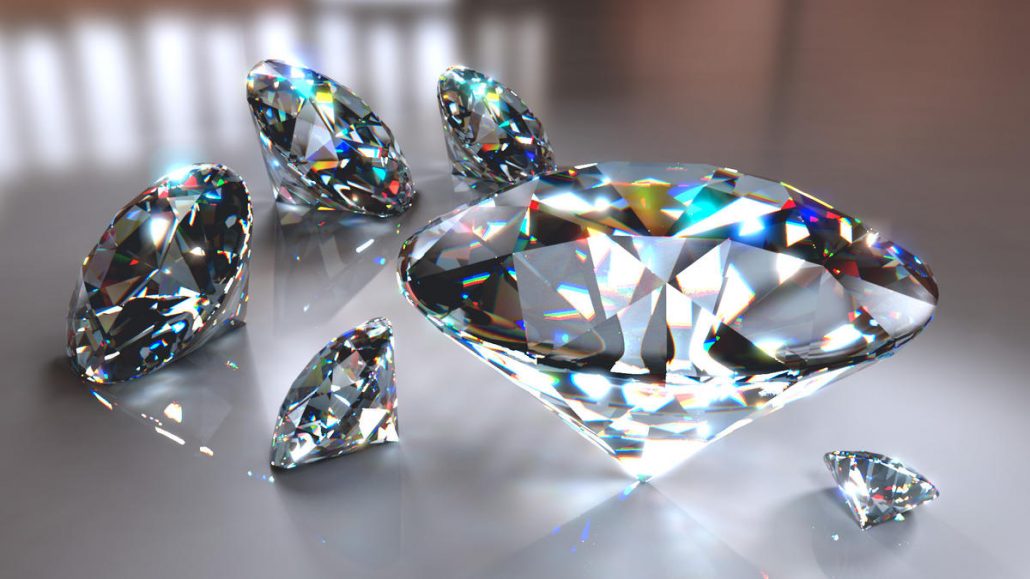Introduction
When you think of diamonds, what comes to mind? For many, it’s the image of a rare, glittering gem, symbolizing luxury and exclusivity. But have you ever wondered if diamonds are really as scarce as they’re made out to be? Let’s dive into the world of diamonds and uncover why mined diamonds might not be as rare as you’ve been led to believe.
The Basics of Diamond Mining
How Diamonds Are Formed
Diamonds aren’t just born; they’re made under intense pressure and heat. Deep within the Earth’s mantle, carbon atoms are squeezed together over millions of years to form these precious stones. It’s like nature’s own high-pressure factory mined diamonds are not scarce, where conditions are perfect for turning carbon into a sparkling masterpiece.
The Diamond Mining Process
Once formed, diamonds must be extracted from the Earth. The mining process involves either open-pit mining or underground mining. Open-pit mining is like digging a giant hole in the ground, while underground mining involves creating tunnels to reach deeper deposits. Both methods are intensive, but they are highly effective in unearthing these gemstones.
The Misconception of Scarcity
Historical Context
The notion of diamond scarcity has a rich history. For over a century, the diamond industry has crafted a narrative that diamonds are rare. This was largely driven by the diamond cartel, De Beers, which controlled the supply and, by extension, the market. It was all part of a clever marketing strategy to keep prices high and demand strong.
Marketing Strategies
De Beers’ marketing strategies played a significant role in creating the illusion of scarcity. Through campaigns like “A Diamond is Forever,” they managed to cement diamonds as symbols of eternal love and exclusivity. This strategy wasn’t just about selling a product; it was about selling an image—a perception of rarity and value that may not reflect the actual availability of the stones.
The Role of De Beers
De Beers was a master at controlling diamond supply. By monopolizing the market, they were able to maintain high prices and project the image of diamonds as a rare commodity. However, their control over the market is not as strong as it once was, and new players have entered the scene.
Diamond Supply and Demand
Global Diamond Production
So, if diamonds are so scarce, why do we see them everywhere? The truth is, diamond production is quite substantial. Every year, millions of carats of diamonds are mined worldwide. From engagement rings to industrial uses, diamonds are more accessible than ever, thanks to the extensive global production.
Major Diamond Producers
The diamond industry is dominated by a few key players.
Russia’s Dominance
Russia is a major player in the diamond market. The country is home to some of the largest diamond mines, such as the Mir and Udachnaya mines. Russian diamonds make up a significant portion of the world’s supply, challenging the idea that diamonds are scarce.
Australia’s Contribution
Australia also contributes significantly to the lab made diamonds supply. The Argyle mine, for example, was known for producing a significant amount of the world’s pink diamonds. Though it has closed, Australia remains a key player in the diamond industry, supplying a steady stream of gems to the market.
The Role of Synthetic Diamonds
Advances in Lab-Grown Diamonds
The advent of lab-grown diamonds has revolutionized the industry. Created in controlled environments, these diamonds are chemically and physically identical to natural diamonds. The technology has advanced rapidly, making synthetic diamonds more available and affordable.
Market Impact
Lab-grown diamonds have made a noticeable impact on the market. They offer a sustainable and ethical alternative to mined diamonds. As more people become aware of synthetic options, the perception of diamond scarcity continues to evolve.
Economic and Environmental Considerations
Cost of Mining
Mining diamonds is no small feat. The costs involved are substantial, from the excavation to the processing of the diamonds. However, the high costs associated with mining are often offset by the high prices that diamonds can command in the market.
Environmental Impact
The environmental impact of diamond mining is significant. It involves large-scale land disruption, water use, and energy consumption. These factors contribute to the debate about the sustainability of diamond mining practices and the growing appeal of more environmentally friendly options, like synthetic diamonds.
Conclusion
So, are mined diamonds truly scarce? The evidence suggests otherwise. While diamonds are indeed precious and require a lot of effort to extract, the industry’s perception of scarcity has been heavily influenced by marketing strategies and market control. With the rise of synthetic diamonds and the vast supply from major producers, it’s clear that diamonds are more accessible than the traditional narrative suggests. The next time you see a diamond, remember that its allure might be more about marketing than actual rarity.

